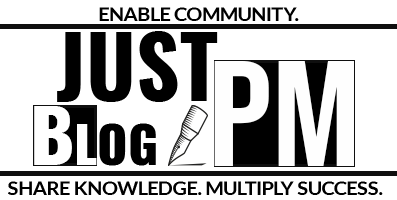Cost control is a pivotal aspect of project management. Ensuring that a project stays within its budget while delivering the expected value is a challenge every project manager faces. The Earned Value Management (EVM) system provides a structured approach to monitor and control project costs. Here’s a summarized breakdown of the key points:
- Importance of Variance Analysis:
- Variance analysis helps in comparing the planned performance with the actual performance.
- It’s not just about identifying deviations but understanding their root causes.
- Key Indicators in EVM:
- Schedule Variance (SV): Measures the difference between earned and planned values.
- Cost Variance (CV): Measures the difference between the earned value and the actual cost.
- Cost Performance Index (CPI): A ratio that indicates the efficiency of the resource utilization on the project.
- Trend Analysis:
- While a single variance might be an anomaly, consistent variances indicate a trend.
- Identifying trends early can help in taking corrective actions before they escalate.
- Graphical Techniques:
- Graphs and charts visually represent variances and trends, making interpreting and communicating the data easier.
- Root Cause Analysis:
- Beyond identifying variances, it’s crucial to understand why they occurred.
- Addressing the root cause ensures that the issue doesn’t recur.
- Significance of Percentage Variances:
- Absolute numbers might be misleading. A $10,000 variance in a million-dollar project differs from that in a $50,000 project.
- Percentage variances provide a relative measure, offering a clearer perspective on the significance of the deviation.
- Organizational Standards:
- Organizations might have predefined thresholds for acceptable variances.
- These standards guide project managers in their decision-making process.
- Corrective and Preventive Actions:
- Corrective actions address existing issues, ensuring the project gets back on track.
- Preventive actions are proactive measures to ensure potential issues don’t become actual problems.
- Estimate at Completion (EAC):
- The initial budget (BAC) might become unrealistic as the project progresses.
- EAC provides a revised estimate of the project’s likely cost based on current performance.
- To-Complete Performance Index (TCPI):
- It measures the efficiency required to complete the project within its budget.
In essence, variance analysis in cost control is not just about identifying deviations but understanding their implications and root causes and taking appropriate actions. It’s a dynamic process that requires continuous monitoring, analysis, and adjustments to ensure project success.


